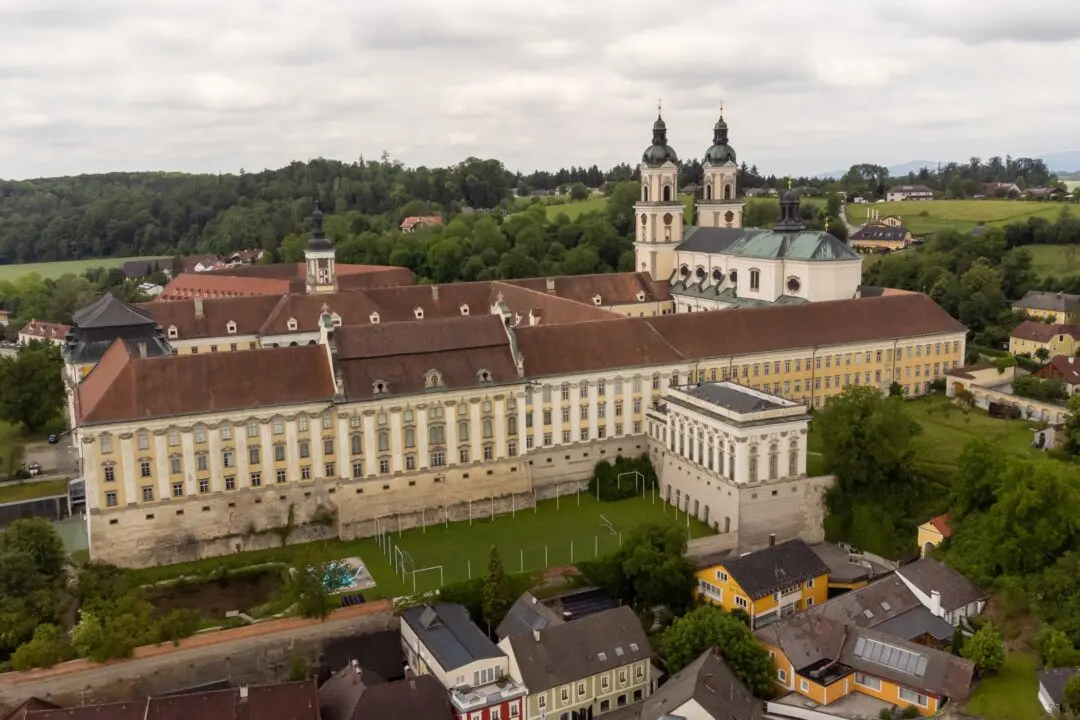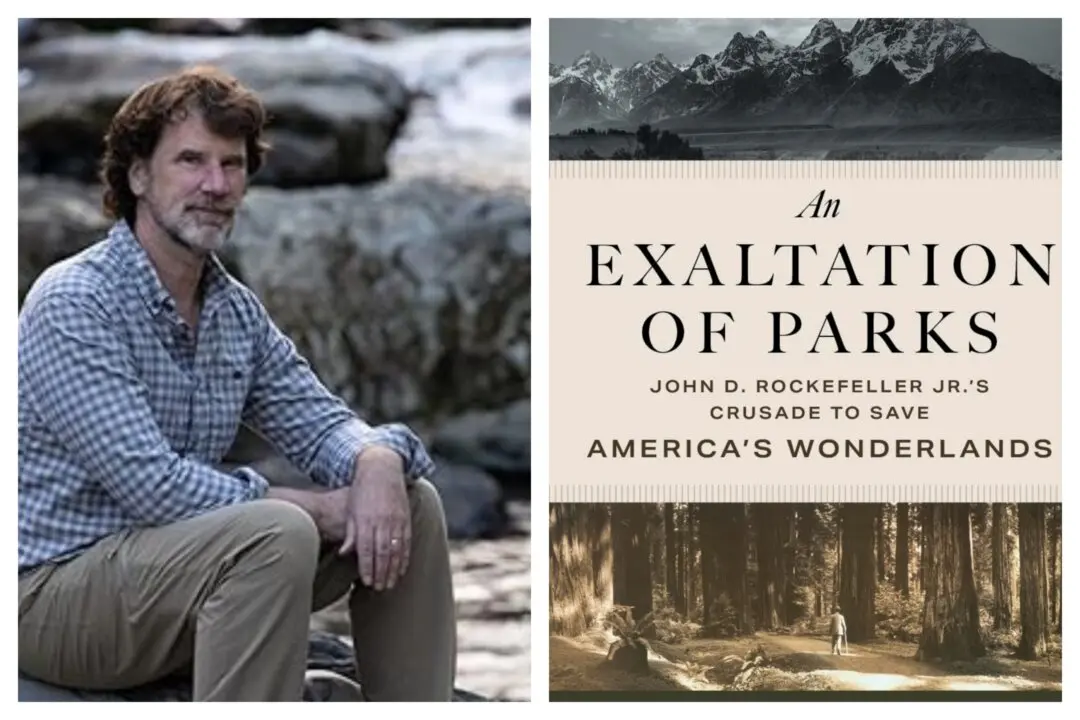Historian and author William B. Styple was deep into research on one of his many Civil War nonfiction projects, “General Philip Kearney: A Very God of War,” in 2003 when he stumbled upon over a dozen boxes, housed at the New York Historical Society, of interviews, notes, letters, photographs, and sketches belonging to artist and sculptor James Edward Kelly (1855–1933).
A Crucial Discovery
“I was awestruck,” wrote Styple in the preface of his book, “Generals in Bronze: Interviewing the Commanders of the Civil War.” He elaborated on the discovery of what he called the Kelly Papers: “Never before had I read such extraordinarily enlightening interviews with the famed commanders of the Civil War. I was amazed at Kelly’s remarkable skill in recording their physical characteristics and emotional bearing; at last, I felt that those heroic figures were no longer iconic marble men, but human beings, warts (both literal and figurative) and all. I knew then I had to bring the Kelly interviews to light.”“Generals in Bronze” is part biography of Kelly and part historical focus on key events of the Civil War. However, most mesmerizing are the raw, detailed conversations between Kelly and great Civil War generals, such as Philip Henry Sheridan, William Tecumseh Sherman, and Ulysses S. Grant. Many lesser-known generals are included as well. In Kelly’s presence, they seemed to let down their guard while he sketched them for portraits and eventual bronze sculptures. As Kelly worked, these military men opened up about the difficulties of fighting in the Civil War.





